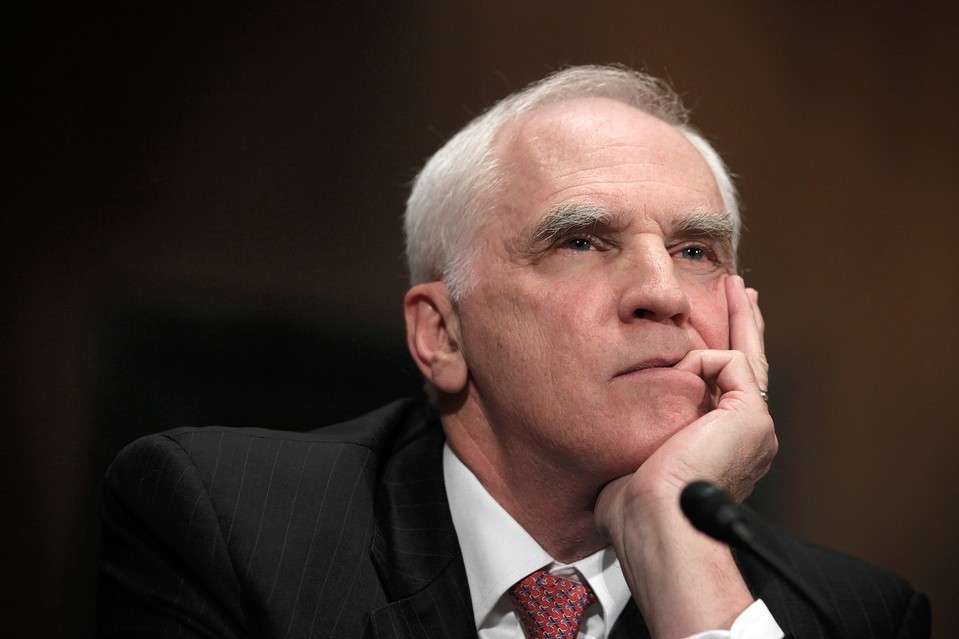Understanding the Effects of a Weak Dollar
Post on: 8 Июль, 2015 No Comment

Understanding the Effects of a Weak Dollar
By: The Associated Press
By Chris Kahn, AP Business Writer
Those greenbacks in your wallet have been losing their punch for months, thanks to a weaker economy and the government’s aggressive attempts to fix it.
For Americans traveling overseas, the pain of the waning dollar couldn’t be clearer, and economists say it may soon hit a little closer to home. In some cases, it already has. The sagging dollar gave an immediate boost to gas prices, and it could influence the price of everything from T-shirts to electronics as American businesses loose buying power overseas.
But wait, here’s the confusing part: Even though the dollar has been losing value steadily since March, a lot of companies releasing earnings reports this week say they’ve been hurt by a STRONGER dollar. That’s because the companies are comparing their circumstances now to where they were a year ago, when the dollar was trading at extreme lows against the euro and other currencies.
In other words: The dollar got stronger and stronger over much of the past year, but turned the other way over the past few months. And the movement in both directions has had tricky consequences for people and companies.
Here are some questions and answers about what a weaker currency means for American businesses, and how it will affect you.
Q: Why is the dollar falling?
A: In March, the Federal Reserve said it would buy up to $300 billion in long-term government bonds in an effort to lower rates on mortgages and other consumer debt. While this helps homeowners and can stimulate the economy, it also weakens the dollar as traders turn away from the currency and look for investments with better returns.
The U.S. Dollar Index, which measures the dollar against other major currencies, has lost about 10 percent since March 17, the day before the Fed announced its aggressive spending plan.
Q: What does a weaker currency mean?
A: In many ways, a country’s currency is considered a barometer of its economy and standard of living. If debt levels are increased, as the U.S. has done with its stimulus and bailout packages, international investors will find the currency less attractive and start putting their money in other assets — which, in turn, weakens the dollar.
This has an immediate impact on businesses. Companies that do business with a weaker currency will have to pay more for the same products. Those added costs usually get passed on to the consumer.
That’s why the drop in the dollar has some economists worried.
Over the next several years, we’re probably going to have more inflation in the United States, said Fred Fraenkel, the Chairman of Investment Policy at Beacon Trust Company and former head of global research at Lehman Brothers.
Q: What’s going to be more expensive?
A: You already saw the effect of a weak U.S. dollar at the gas pump this year. Retail gas prices typically go up in the summer as Americans take to the highways for vacation. But this year the rise in prices was unexpectedly strong, given that the nation has witnessed the worst recession in generations. (Gas prices often fall during tough economic times as people and businesses use less gas.)
The average price at the pump rose every day for nearly two months earlier this summer.
What happened? Investors poured billions of dollars into energy commodities, namely oil. Oil is often used as a hedge against inflation by investors, and because oil is bought and sold in dollars, it essentially becomes cheaper when the dollar falls.
Crude oil hit $73.23 on June 11 before giving ground, and energy experts now say we’re heading back toward $75.
Refiners use energy markets to price their wholesale gasoline because they have to buy crude to make it. They were watching as crude futures soared, said Dan Gilligan, President of Petroleum Marketers Association of America.
Ten days after crude prices peaked, retail gasoline crested at around $2.69 nationally. It was a summer when many energy experts said gasoline would never rise above $2.50 per gallon.

Q: Where else can we expect to see the effect of a weaker dollar?
A: If the dollar continues to fall, Wal-Mart and other retailers that rely on cheap goods from Asia will increasingly find it hard to find deals, and the same might happen to you.
For example, Chinese manufacturers will see smaller profits by being paid in dollars, and at some point they’re going to try to make up for it by hiking the price of their goods.
Traditionally they haven’t done it because of the competition — there’s a huge amount of competition in Asia for these things, said Axel Merk, portfolio manager of Merk Investments. But you can only push these things so far.
Q: Aren’t there any benefits to a weaker currency? How does it affect American exports?
A: While the United States has lost much of its manufacturing industry in the past few decades, it’s still a major exporter, and companies that sell products internationally could see a boost in profits if the dollar continues to fall against foreign currencies.
American software developers, cell phone makers and manufacturers of agricultural products could benefit by selling to overseas customers and then converting the stronger foreign currencies back to dollars, Fraenkel said.
It’s too soon, so far, to see this sort of effect from the latest drop in the dollar. Consider the latest earnings reports from U.S. companies: Most are looking at year-over-year performance, and compared to a year ago, the dollar is much stronger.
A year ago, $100 fetched only 63.09 euros. On Wednesday, $100 could be exchanged for 70.40 euros.
An example of the impact of this: Coca-Cola Co. which gets more than 80 percent of its revenue from outside the U.S. said this week that a stronger dollar this year hurt results by 14 percent in its second quarter, and it predicted the effect could be just as high in the third quarter. But the world’s largest beverage maker expects the situation to improve by the fourth quarter, with the impact of foreign currency conversion tapering to the low single digits.
(AP Food Industry Writer Emily Fredrix contributed to this report from Milwaukee.)














